Honkai: Star Rail rekindles memories of absolutely banging PS2 RPGs
Star Rail doesn’t do anything new or revolutionary, but what it does, it does well – and that's very nostalgic for a specific flavour of nerd.
Are you, like me, a gross little nerd that’s still grumpy about turn-based JRPGs being slowly relegated to mid-budget or handheld titles after the PS2 glory days? Do you miss being rewarded for getting through a tough section with a pre-rendered cutscene? Do you wish the only exploration you had to worry about was picking the dead end at a junction in a corridor to find a treasure chest? Does the very thought of Final Fantasy 16’s complicated real-time combos and parries and blocks make your fingers hurt? Excellent news. HoYoverse has followed up its unimaginably successful Genshin Impact with one of the best turn-based JRPGs in a generation.
Honkai: Star Rail is a lavishly produced, immaculately localised and perfectly designed celebration of each and every single aspect of the genre. It’s a blessedly linear, solidly written adventure through fantastical sci-fi locales filled with interesting characters and engaging boss battles. It’s refreshingly old-fashioned, and if you miss this sort of thing being done with this sort of scale and polish, it feels like a godsend.
The game has a set-up that lends itself to the somewhat episodic structure of classic JRPGs (wait, are we still calling them that?) that involve moving from town-to-town, and solving their local problems that all tie into a larger narrative. You are the latest passenger of the Astral Express, a cosmic passenger train locked on a never-ending odyssey across the stars. You have mysterious powers, a foggy memory, and an overwhelming impulse to fight evil. It’s some real bread-and-butter JRPG business, and if it’s the sort of thing you’ve been missing, it's delicious. Each stop the Express makes means a new world with its own characters, aesthetic, and adventure.
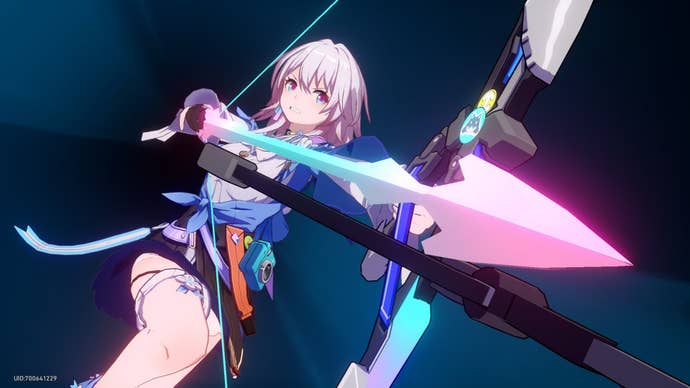
The core hook of Star Rail’s combat is in the snappy animations and satisfying tactical click whenever you exploit an enemy’s elemental weakness – usually leading into follow-up attacks or status effects – turning most moves into a cascading series of dopamine hits. It’s the sort of brisk, flashy, and mechanically-compelling violence seen in Tokyo Mirage Session’s triggers, Persona’s all-out attacks, or the team rushes from Trails From Zero. Another thing you’ll enjoy if you have impeccable taste in turn-based JRPGs is a nice big visible turn order in the corner of the screen, communicating in no uncertain terms exactly what to expect and when.
Communication in general is a core tenet of the design here; you can tell at a glance if an enemy is targeting a party member for a big attack, you can see how much damage any attack will do an enemy’s “toughness” bar, every elemental weakness, buff and debuff are all clearly displayed on the screen at all times – removing any sense of vagary or RNG that can be present in more opaque turn-based battle systems and letting you focus on the good stuff. Good stuff such as the now almost ubiquitous “staggering” mechanic seen in games like Xenosaga Episode 2 and Final Fantasy 13 - a secondary bar above the enemy’s health bar that if reduced to zero by certain attacks that the particular enemy is weak to will see that enemy lose turns and enter a weakened state.
The characters themselves are a delight, bright flashes of neon on ridiculous, flowing hair and cel-shaded superfluous belt buckles, flitting around the battlefield in flurries of giant scythes and explosions – spouting off overblown catch phrases as they launch into elaborate attack animations involving orbital lasers and giant baseball bats. They all work together and compliment each other mechanically and visually, making every single encounter a joy instead of a slog.

The whole thing really is just a greatest hits compilation of all the hottest and coolest mechanics from the genre, all working together cohesively, showing a deep understanding for their appeal in much the same way that Genshin Impact understood what makes a great open-world RPG (chiefly, being as much like Breath of the Wild as possible). Whereas Genshin is built on the huge expanses and freedom of contemporary open-world games, Star Rail is structured around occasionally branching corridors and bustling towns in much the same way as most of the PlayStation 2 bangers you may have wasted whole summers of your youth on.
Star Rail doesn’t do anything new or revolutionary. If you’ve been spending the last 15 years keeping up with the Trails series, or the Atelier games, or any number of the smaller, weirder titles for niche weirdos hidden in the depths of the eShop sales page, there’s nothing here you haven’t seen or done before. But if you miss when games like these were a big deal – when they had full voice acting and expensive cutscenes, when they were something that more than one other person you know played – it will put a huge smile on your face.
At the same time, it’s hard not to feel a pang of sadness that this is now the only way we’ll probably ever get games like this from now on; ongoing live-services with an overlaid grind of upgrade materials tied to predatory gambling mechanics. The bottom has so completely fallen out of every sector of game development, that this will likely prove to be a last gasp for a very specific breed of JRPG before we’re back to scrounging for badly-translated and long-delayed ports in the depths of Steam.
.jpg?width=690&quality=70&format=jpg&auto=webp)
Until then, if you can stomach the idea of installing another free-to-play gacha, Honkai: Star Rail is currently offering one of the best contemporary examples of something I thought was long dead: sweeping, over-blown, science-fantasy anime drama with a huge soundtrack, stellar voice-acting, and plots that actually make something approaching sense. Sad robots bound to ancient programming, unknowable beings of immense power and influence, clashing swords, and exploding spaceships. Lesbians doing backflips and killing gods.
The only thing missing at this point is a doomed wedding – and the advantage of being an unending live-service is that they can simply patch one in some day.




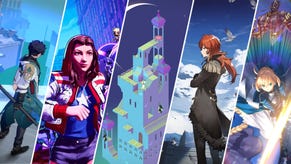
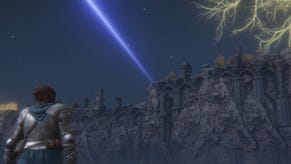

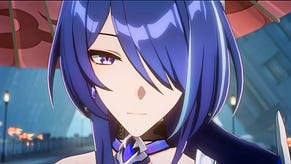
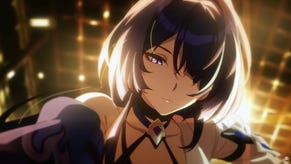




_ddwYK80.png?width=291&height=164&fit=crop&quality=80&format=jpg&auto=webp)


